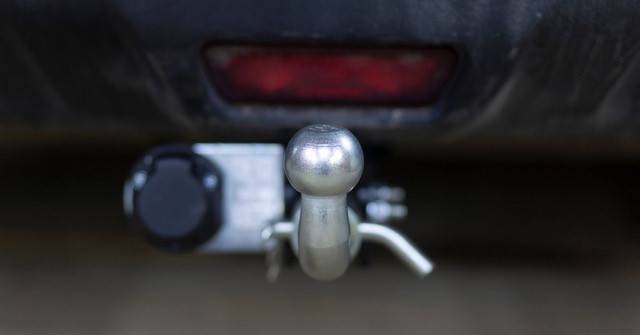Road Rules For Mobility Scooters
For those with reduced mobility, a mobility scooter can transform your day to day life, offering a comfortable, quick and versatile way of travelling.
But if you’ve never owned a mobility device before, it’s important to understand the road rules for mobility scooters. In our comprehensive guide, we cover off the critical rules and highway codes.
The Highway Code For Mobility Scooters
Many new mobility scooter users may be unaware of the road rules for mobility scooters. Firstly, they are categorised by law as a type of vehicle and as such are subject to certain rules. The type of mobility scooter or powered wheelchair you need will depend on where you want to use it and/or how far you need to travel. If you’re looking for advice on buying a mobility scooter check out our guide for everything you need to know.
Depending on its functionality, a mobility scooter or powered wheelchair is either ‘class 2’ or ‘class 3’ – class 2 scooters have a maximum speed of four miles per hour (mph) and cannot be used on the road, while class 3 scooters have a maximum speed of four mph off the road, and eight mph on the road. Other features of class 3 mobility scooters are a maximum weight of 150kg (without a driver), an efficient braking system, direction indicators, a rear-view mirror and horn.
Because class 3 scooters can be taken on the road, they must be registered by their owners with the Driver and Vehicle Licensing Agency (DVLA) and cannot be driven by anyone under 14 years of age. However, as long as they have a device that limits them to four mph on the pavement, class 3 scooters are exempt from road tax.
If you have a class 3 scooter and you need to register it, you’ll need to complete form V55/4 for a new scooter, or form V55/5 for a used scooter, and return it to the DVLA. You can order your form here.
It’s also worth noting that while there aren’t specific legal requirements regarding eyesight that apply to mobility scooters, you should be able to read a car’s registration number from a distance of 12.3 metres.
Driving Mobility Scooters on The Road
When driving a mobility scooter on the road, there are limits to where you can drive a class 3 scooter and remember, the maximum road speed is eight mph. A class 3 mobility scooter cannot be driven on motorways, bus lanes or ‘cycle-only’ lanes, and we do not recommend taking them on to dual carriageways with a speed limit of over 50mph. If you do drive them on a dual carriageway, make sure you have an amber flashing light for visibility.
You must always travel in the direction of traffic and as with any other vehicle used on the road, you must use your lights, indicators and horns according to the Highway Code. See the full list of Highway Code rules that apply to class 3 scooters.
Class 2 scooters cannot be used on the road, unless there is no pavement and it cannot be avoided.
Driving Mobility Scooters on The Pavement
As well as mobility scooter road rules, there are also certain practices to follow when driving a mobility scooter on the pavement.
Both class 2 and class 3 scooters can be used on the pavement at a maximum speed of four mph, but never on ‘cycle-only’ paths. When parking, never leave your scooter where it might be in the way of other pedestrians, including people with prams or pushchairs and wheelchair users.
It’s important to ensure you feel comfortable, safe and are aware of your surroundings whilst out and about on your mobility scooter. Our team is available to advise on adaptations to help you transfer from your scooter into your car as well as lifting and storing solutions within the boot of your car, contact us online to find out more or call 0800 288 4422.
We also have useful blogs on using a mobility scooter and mobility scooters features to get the most out of your mobility device.

Lifestyle
Staycation Ready: Travel, Tow & Explore With Your Motability Car
Many people don’t realise that you can tow your Motability car, provided you have permission from Motability first. Read our guide for everything you need to…

Lifestyle
Disability Pride Month 2025
July is Disability Pride Month which offers the opportunity to highlight and celebrate the disability community and their pride. Discover the Disability Pride Month origin, discover…

Driving with adaptations
Learning to drive with a disability
Learning to drive can be a life-changing step towards greater independence, especially for people living with a disability. But the process can feel daunting without the…